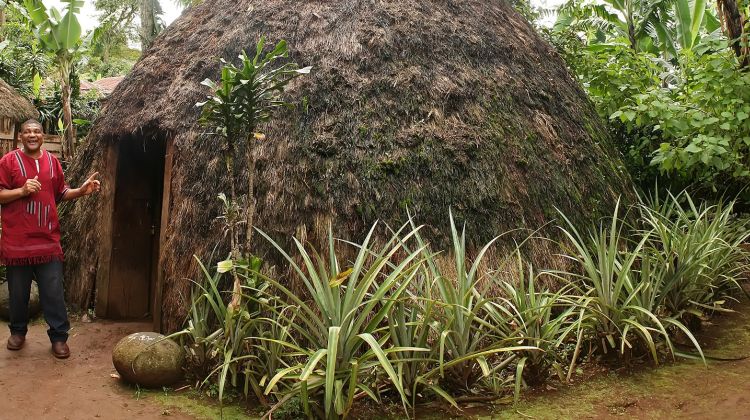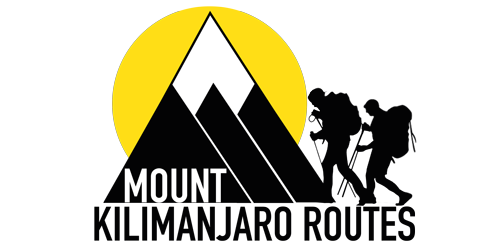Kilimanjaro: Its people

The tribe living in the foothills of Kilimanjaro are called the Chaga (also called Wachaga, Chagga, Jagga, Dschagga, Waschagga, or Wachagga) and are Bantu-speaking indigenous Africans and the third largest ethnic group in Tanzania. They live on the southern and eastern slopes of Mount Kilimanjaro and Mount Meru, as well as in the Moshi area. Their relative wealth comes from not only the favourable climate of the area but also from successful agricultural methods which include extensive irrigation systems and continuous fertilization practised for thousands of years. They were one of the first tribes in the area to convert to Christianity. This may have given them an economic advantage over other ethnic groups, as they had better access to education and health care as Christians.
The Chagga People of Kilimanjaro
The Chagga descend from various Bantu groups who migrated from the rest of Africa into the foothills of Kilimanjaro. While the Chagga are Bantu-speakers, they do not speak a single language but rather a number of related Chagga dialects. These dialects are related to Kamba, which is spoken in northeast Kenya, and to other languages spoken in the east such as Dabida and Pokomo. The Chagga area is traditionally divided into a number of chiefdoms. The Chagga are culturally related to the Pare, Taveta and Teita peoples. They follow a patrilineal system of descent and inheritance. The Chagga subsist primarily by agriculture, using irrigation on terraced fields and oxen manure. Although bananas are their staple food, they also cultivate various crops including yams, beans, and maize. In agricultural exports, the Chagga are best known for their Arabica coffee, which is exported to American and European markets, resulting in coffee being a primary cash crop.



